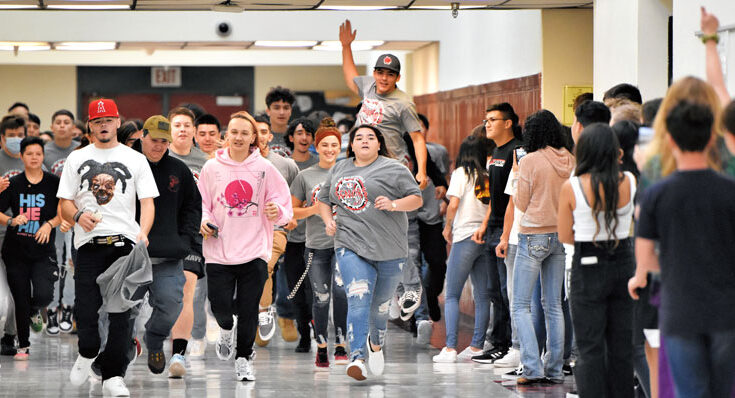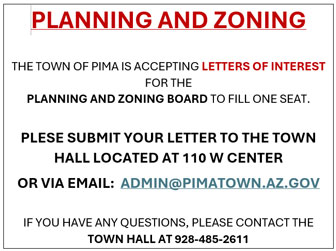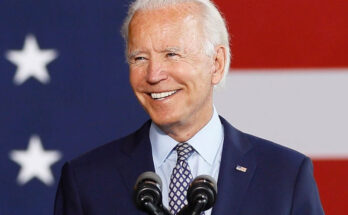Raymundo Frasquillo File Photo/Gila Herald: Morenci seniors begin the school year by running through the halls on the first day of classes.
Column By Melissa Martin
Debates about reading go back centuries. In the 1800s, Horace Mann, the father of the public-school movement in the United States, denounced the idea of teaching children that letters represent sounds. By the 1980s, the debate was so intense that people referred to it as “the reading war.” It was phonics versus whole language.
The debate on how children learn to read continues despite the current brain science on early literacy. Phonics is the best model for early literacy.
“Many educators are asking important questions: Does our literacy program have lessons in phonemic awareness and phonics that are explicit, direct, sequential, and systematic? Do our lessons support children to access, activate, and add background knowledge? Do we help children build vocabulary knowledge, a love of words, and word consciousness? Are we supporting all children to achieve access to complex texts?” according to an article (2022) by Katie Cunningham in School Library Journal.
How do children learn to read? What is the best method/model to use? The answers depend on what camp you roast marshmallows in.
In one camp – phonics educators. Phonemic awareness (understanding sounds in spoken words) and phonics (knowing that letters in print correspond to sounds).
In the other camp – whole language educators. Whole language instruction (also called balanced literacy) is based on the philosophy that kids will learn to read naturally if you expose them to a lot of books. However, the phonics program is weak.
Follow the science – is a common phrase among debaters of many subjects and it should be. “Decades of studies have shown that explicitly and systematically teaching students which sounds represent which letters—teaching them phonics—is the most effective way to get them reading words.” Visit www.edweek.org.
A takeaway from decades of scientific research is that the starting point for reading is sound. “What a child must do to become a reader is to figure out how the words she hears and knows how to say connect to letters on the page. Writing is a code humans invented to represent speech sounds. Kids have to crack that code to become readers.” Visit www.apmreports.org.
Follow the money and power trail – is a phrase employed when diving deeper into any controversial issue. In the educational system, the curriculum is big business and big money for authors and publishers. And how does money influence education?
“Big money and its influence on K-12 education” is the title of an article (2018) in Phi Delta Kappan: The Professional Journal for Educator by Rafael Heller along with interviewee, Professor Sarah Reckhow, Ph.D.They compiled a list of all the people who wield power and influence over K-12 education, from the local level to state capitals to Washington, D.C., and noted the following: students, parents, teachers, principals, superintendents, district and state school boards, community groups, business leaders, unions, professional associations, advocacy and reform groups, think tanks, higher education leaders, publishers, journalists, academic researchers, teacher educators, accrediting agencies, mayors, governors, state legislators, the U.S. Department of Education, Congress, the White House, and private foundations. Visit www.kappanonline.org.
Heller’s article continues in the discussion of the influence of private foundations on education: Carnegie Corporation, Walton Family Foundation, Broad Foundation, Annenberg Foundation, Bill Gates, Warren Buffet. “The best example is probably the $100 million that Mark Zuckerberg gave to the Newark, N.J., public schools in 2010.” Another example, “Gates had a hand in every part of the Common Core State Standards.” The newest funders are the Chan Zuckerberg Initiative [CZI] and the Emerson Collective. Recent out-of-state contributions to school board candidates include Michael Bloomberg, Reed Hastings from Netflix, and the Arnold Foundation.
Can a phonics curriculum and a whole language curriculum play together in the same sandbox?
“Most teachers nationwide are not being taught reading science in their teacher preparation programs because many deans and faculty in colleges of education either don’t know the science or dismiss it. As a result of their intransigence, millions of kids have been set up to fail.” Visit www.apmreports.org.
What can elementary teachers do? Speak out in support of phonics and request training.
What can parents do? Ask if the school and classroom teachers are using evidence-based approaches for reading with a phonics curriculum in kindergarten through second grade. Find out the name of the reading program and research it.
Go phonics!
Melissa Martin, Ph.D., is a child therapist, early literacy advocate, picture book author, and syndicated opinion-editorial columnist. She lives in Ohio.
The opinions expressed in this editorial are those of the author.











